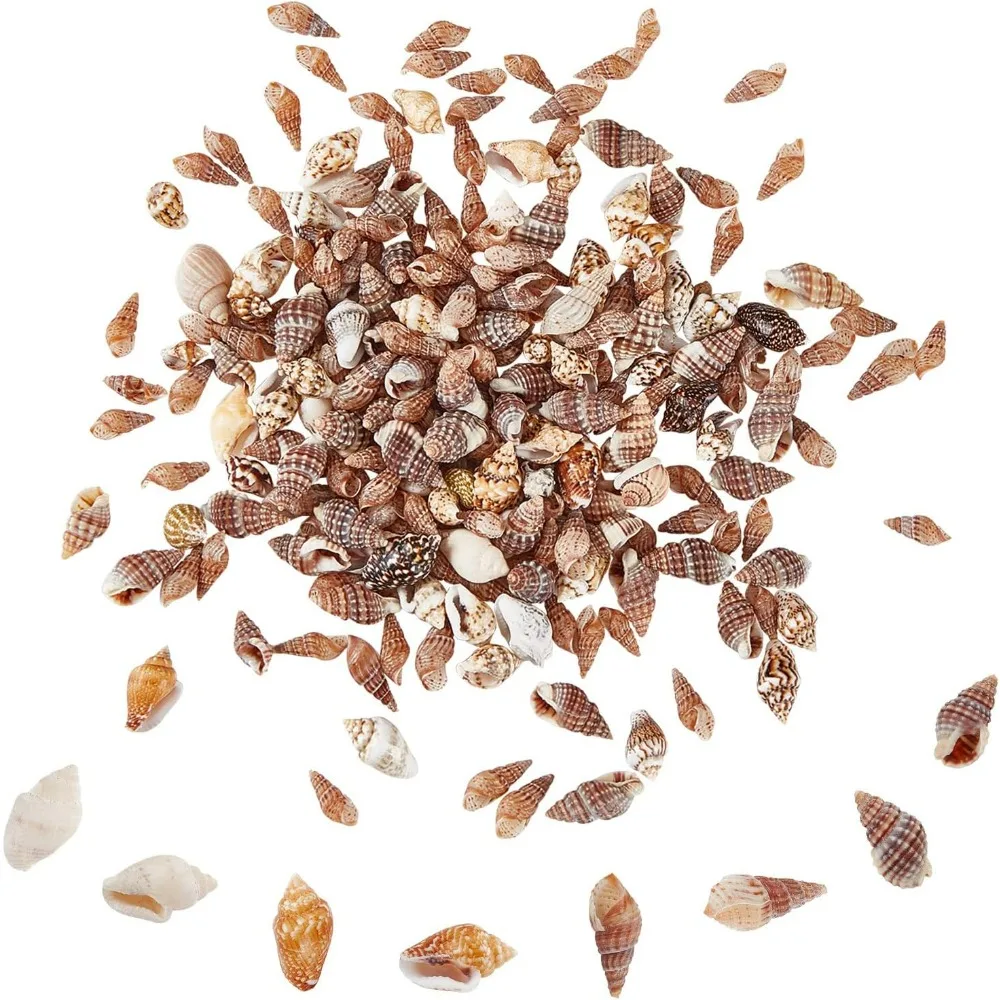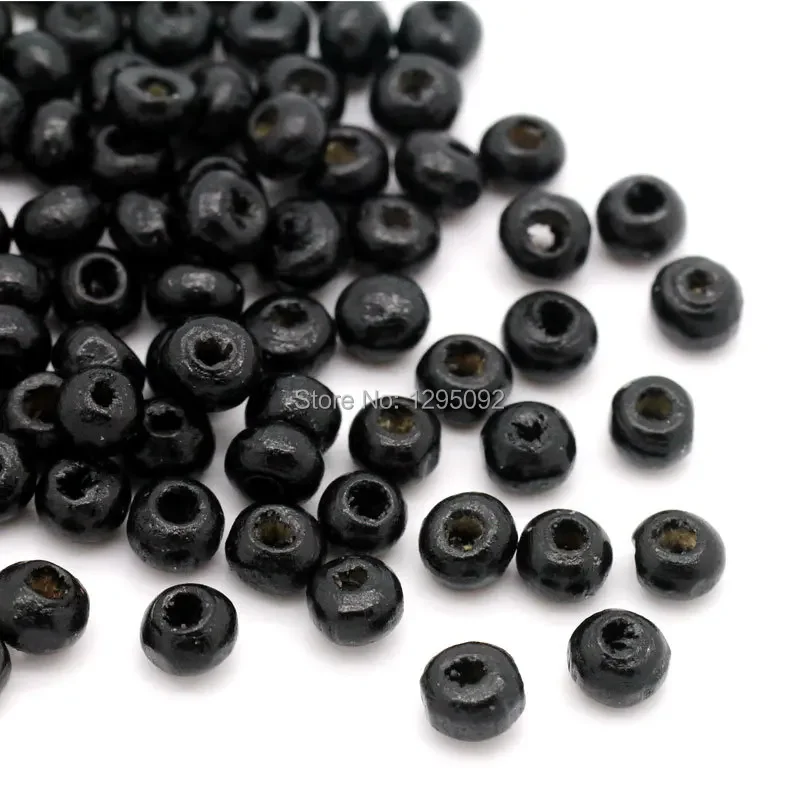Small holes купить от 20,00 руб.




![для лесозаготовительной пилы, цепной пилы, бензопилы, высоковольтный пакет 2500, катушка зажигания [маленькое отверстие М4], аксессуары для свечей зажигания для лесозаготовительной пилы, цепной пилы, бензопилы, высоковольтный пакет 2500, катушка зажигания [маленькое отверстие М4], аксессуары для свечей зажигания](https://ae-pic-a1.aliexpress-media.com/kf/Sde7e3a4cebd74af5915bbf430104d1dfI.jpg)


Small holes, or smallpox, refer to a type of software vulnerability that has a relatively low attack rate but nonetheless leads to significant harm when exploited. These vulnerabilities are often overlooked due to their low priority or presumed harmless.
Small holes are often characterized by their low attack rate and lack of widespread impact. However, when combined with other vulnerabilities or exploited at scale, they can be devastating. In fact, small holes have been used by attackers in real-world attacks, demonstrating their potential for serious harm.
The reasons behind small holes' low attack rates are complex. Most often, they are due to the lack of interest of attackers or the difficulty of exploiting them. However, vulnerabilities can also be dormant for long periods of time before they become active again. This makes it difficult to predict when they will emerge and what impact they will have.
To reduce the risk associated with small holes, organizations should prioritize their security testing efforts and focus on identifying and patching them as soon as possible. Also, training employees on how to recognize and report suspicious activity is crucial. Organizations should also stay aware of emerging threats and adopt best practices to mitigate the risk of small holes.
In conclusion, small holes are a significant threat to organizations' security. They are frequently overlooked due to their small attack rate, but when combined with other vulnerabilities, they can pose serious harm. To reduce the risk, organizations should actively identify and patch small holes and prioritize their security infrastructure.
Small holes are often characterized by their low attack rate and lack of widespread impact. However, when combined with other vulnerabilities or exploited at scale, they can be devastating. In fact, small holes have been used by attackers in real-world attacks, demonstrating their potential for serious harm.
The reasons behind small holes' low attack rates are complex. Most often, they are due to the lack of interest of attackers or the difficulty of exploiting them. However, vulnerabilities can also be dormant for long periods of time before they become active again. This makes it difficult to predict when they will emerge and what impact they will have.
To reduce the risk associated with small holes, organizations should prioritize their security testing efforts and focus on identifying and patching them as soon as possible. Also, training employees on how to recognize and report suspicious activity is crucial. Organizations should also stay aware of emerging threats and adopt best practices to mitigate the risk of small holes.
In conclusion, small holes are a significant threat to organizations' security. They are frequently overlooked due to their small attack rate, but when combined with other vulnerabilities, they can pose serious harm. To reduce the risk, organizations should actively identify and patch small holes and prioritize their security infrastructure.
Каталог Small holes (джинсы, джинсовые, женские, дырками)
Цены актуальны на 2025-09-25 03:04:53
Цена: 119779 Руб. 1526.46$
Бесплатная доставка
Цены актуальны на 2025-09-25 03:04:53
Цены актуальны на 2025-09-25 03:04:53
Цены актуальны на 2025-09-25 03:04:53
Цена: 1356 Руб. 15.84$
Бесплатная доставка
Цены актуальны на 2025-09-25 03:04:53
Цены актуальны на 2025-09-25 03:04:53
Цена: 4377 Руб. 55.74$
Бесплатная доставка
Цены актуальны на 2025-09-25 03:04:53
Цена: 102 Руб. 1.3$
Бесплатная доставка
Цены актуальны на 2025-09-25 03:04:53
Цена: 2241 Руб. 26.89$
Бесплатная доставка
Цены актуальны на 2025-09-25 03:04:53
Цена: 10094 Руб. 121.11$
Бесплатная доставка
Цены актуальны на 2025-09-25 03:04:53
Цена: 30452 Руб. 360.9$
Бесплатная доставка
Цены актуальны на 2025-09-25 03:04:53
Цены актуальны на 2025-09-25 03:04:53
Цена: 1223 Руб. 14.5$
Бесплатная доставка
Цены актуальны на 2025-09-25 03:04:53
Цена: 1833 Руб. 20.8$
Бесплатная доставка
Цены актуальны на 2025-09-25 03:04:53
Цена: 372 Руб. 4.73$
Бесплатная доставка
Цены актуальны на 2025-09-25 03:04:53
Цены актуальны на 2025-09-25 03:04:53
Цена: 838 Руб. 10.06$
Бесплатная доставка
Цены актуальны на 2025-09-25 03:04:53
Цены актуальны на 2025-09-25 03:04:53
Цена: 2107230 Руб. 26244.6$
Бесплатная доставка
Цены актуальны на 2025-09-25 03:04:53
Цены актуальны на 2025-09-25 03:04:53














